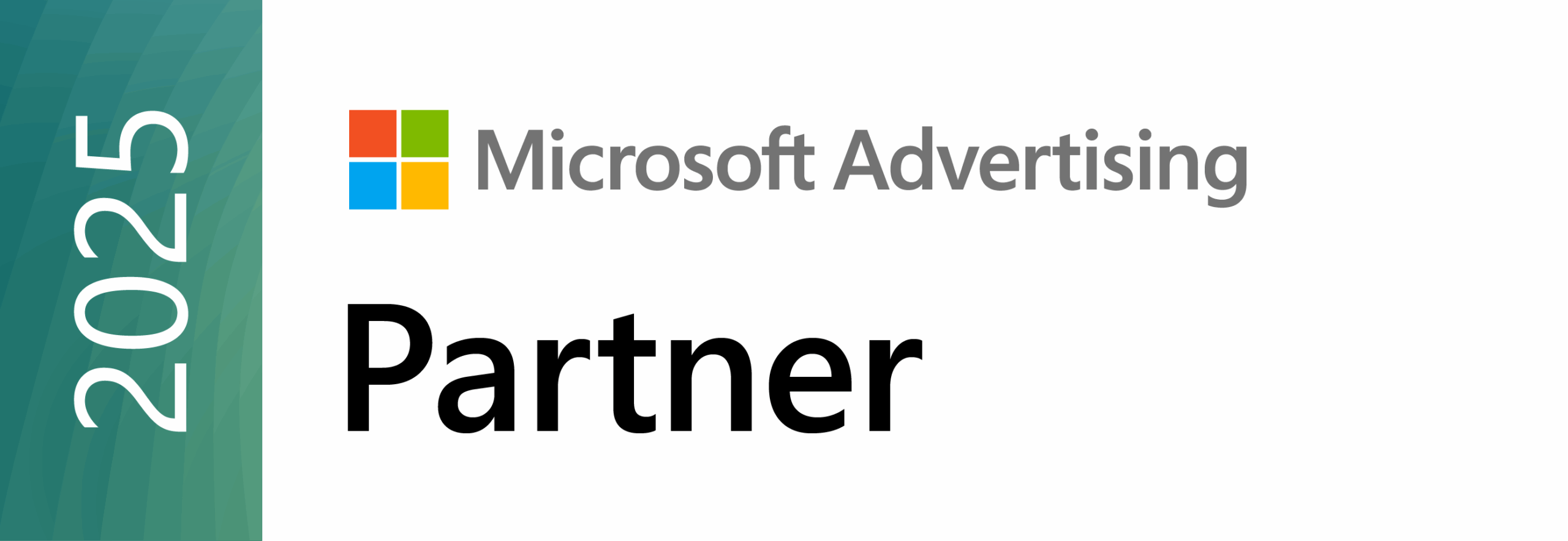When we talk about SEO, our minds often jump straight to keywords, backlinks, and on-page content. But there’s a powerful, often overlooked player in the game: Image SEO. In a world that is becoming more and more visual, optimizing your images is no longer just a “nice-to-have”—it’s an absolute necessity for boosting your website’s visibility and user engagement.
So, why does Image SEO matter so much?
Search Engine Visibility
Search engines like Google have dedicated image search tabs, and an estimated 10% of all Google traffic comes directly from these visual searches. By optimizing your images, you open up a new, highly effective channel for organic traffic. Imagine a user searching for “best hiking boots for men” and your beautifully optimized product image appearing at the top of the image search results. That’s a direct path to your product page, bypassing the traditional text-based search results.
Page Speed
Beyond the direct traffic, Image SEO plays a critical role in page speed. Large, unoptimized images are one of the biggest culprits behind slow-loading websites. In an age where users expect instant gratification, a sluggish site can lead to high bounce rates and a poor user experience—both of which are negative ranking signals. By compressing your images and using modern formats like WebP or AVIF, you significantly improve your page load speed, leading to a better user experience and a positive boost in your search rankings.
Accessibility
Image SEO is also a matter of accessibility. Properly optimized images with descriptive alt text are crucial for users with visual impairments who rely on screen readers. Alt text provides a verbal description of the image content, ensuring your website is accessible to everyone. This commitment to inclusivity not only broadens your audience but also sends a positive signal to search engines.
Better Context
Finally, effective Image SEO provides search engines with better context for your content. Google and other crawlers can’t “see” an image the way humans do. They rely on the information you provide, such as descriptive file names, alt text, and captions, to understand what the image is about and how it relates to the surrounding text. This contextual information helps reinforce the overall topic of your page, contributing to its authority and relevance in search results.
In essence, ignoring Image SEO is like leaving a significant portion of your digital storefront unlit. By making a conscious effort to optimize your images—from file names to compression and alt text—you not only enhance your site’s performance and accessibility but also unlock a powerful new source of traffic, ensuring your content stands out in a crowded digital world.
To discover ways to optimize your images for search engines, contact us today.




